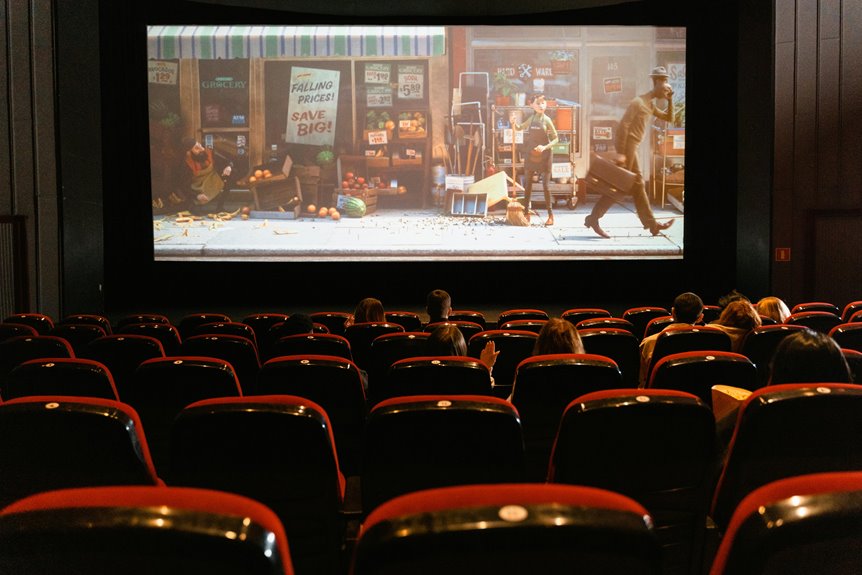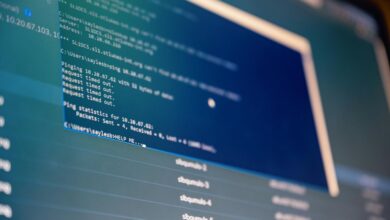SFM Compile: How to Perfect Your Animation Projects

The SFM compile process is critical for achieving polished animation projects. Proper organization of assets and scene files can significantly enhance efficiency. Identifying and correcting common errors, such as file path issues, is essential for a seamless workflow. Additionally, optimizing resource management is crucial for performance. Understanding the best export formats will impact the quality and compatibility of the final output. What strategies can be employed to ensure an optimal compilation experience?
Understanding the Compile Process
Understanding the compile process is essential for animators looking to optimize their projects in SFM (Source Filmmaker).
The compile basics involve converting animation data into a playable format, allowing for efficient playback and rendering. A well-structured compile workflow ensures smooth transitions, minimizes errors, and enhances performance, enabling creators to focus on their artistic vision while maintaining control over the final output.
Preparing Your Animation for Compilation
Preparing animation for compilation requires careful organization of assets and meticulous setup of scene files.
Properly exporting final render settings is crucial to ensure optimal output quality. Each of these steps plays a vital role in streamlining the compilation process and achieving the desired final product.
Organizing Animation Assets
Efficient organization of animation assets is crucial for a seamless compilation process. Asset categorization simplifies locating necessary elements, while consistent naming conventions enhance workflow efficiency.
Setting Up Scene Files
When animators meticulously set up their scene files, they lay the foundation for a successful compilation process.
Effective scene organization is crucial, ensuring assets are logically grouped and easily accessible. Additionally, a well-planned lighting setup enhances the visual quality of the animation.
Exporting Final Render Settings
Configuring final render settings is a critical step in the animation compilation process. Proper export settings ensure that the animation meets desired specifications.
Adjusting parameters such as resolution, frame rate, and file format significantly impacts render quality. Additionally, selecting the appropriate compression method can enhance playback performance.
These settings empower creators to achieve their vision while maintaining the freedom to experiment with different outputs.
Common Compilation Errors and How to Fix Them
Numerous compilation errors can hinder the animation process in Source Filmmaker (SFM), often stemming from incorrect file paths, missing assets, or script issues.
Common errors may include texture failures or model crashes.
Effective troubleshooting strategies involve verifying asset locations, checking scripts for syntax errors, and ensuring all necessary files are included.
Addressing these issues promptly can streamline the animation workflow and enhance project outcomes.
Optimizing Performance During Compilation
Optimizing performance during compilation is essential for enhancing animation projects in SFM.
Effective resource management ensures that system capabilities are utilized efficiently, while streamlined rendering techniques can significantly reduce processing time.
Efficient Resource Management
While managing resources effectively is crucial for animation projects, it becomes particularly essential during the compilation phase, where performance can significantly impact the final output.
To optimize resource management, consider the following strategies:
- Resource allocation: Strategically distribute assets based on project needs.
- Asset categorization: Organize assets for quick access.
- Cleanup: Remove unused files to enhance efficiency.
- Batch processing: Compile multiple assets simultaneously to save time.
Streamlined Rendering Techniques
Streamlined rendering techniques play a pivotal role in enhancing performance during the compilation phase of animation projects.
Utilizing a well-organized render queue allows animators to prioritize tasks efficiently. Implementing batch processing further maximizes productivity by enabling multiple frames to be rendered simultaneously, reducing downtime.
These strategies ensure a smooth workflow, empowering creators to focus on their artistic vision without being hindered by technical limitations.
Exporting Your Final Animation
Exporting the final animation is a critical step in the production process, as it determines how the project will be viewed and shared.
To ensure optimal video quality, consider the following export formats:
- MP4 for universal compatibility
- AVI for high-quality preservation
- MOV for professional use
- WEBM for web-friendly playback
Selecting the right format enhances accessibility and maintains the integrity of the animation.
Tips for Reviewing and Refining Your Animation
A thorough review and refinement process is essential for achieving a polished animation. Gathering animation feedback from peers can provide fresh perspectives on areas needing improvement.
Utilizing effective revision techniques, such as iterative adjustments and specific focus on timing and movement, can enhance overall quality. Continuous refinement fosters creativity, allowing animators the freedom to explore innovative solutions while maintaining the integrity of their original vision.
Conclusion
In the realm of animation, the compilation process serves as the final brushstroke on a canvas, transforming raw creativity into a polished masterpiece. By mastering asset organization, addressing common pitfalls, and optimizing performance, creators can elevate their projects to new heights. The careful selection of export formats ensures that the vision transcends the screen, resonating with audiences far and wide. Ultimately, a meticulous approach to compilation not only enhances quality but also breathes life into the storyteller’s art.




